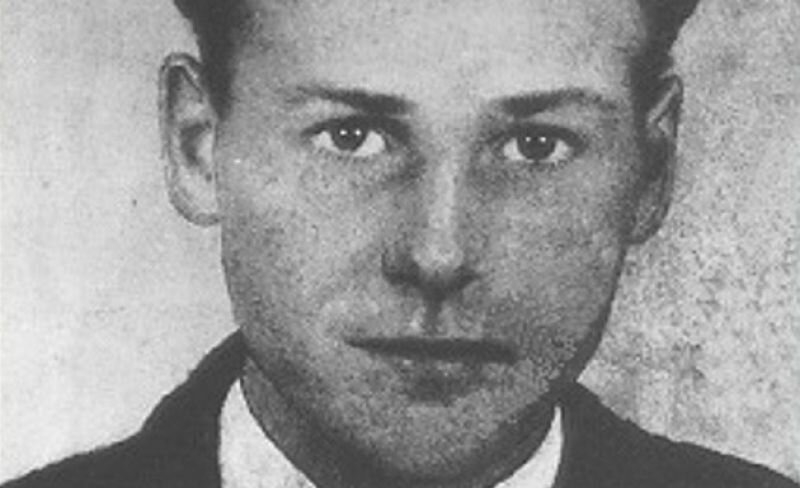D
Devon Barthes
28.09.2014
They may not have been called teenagers yet (this word didn't exist until the New York Times wrote a feature on teenagers in 1945) but these youthful subcultures were still recalcitrant, anti-establishment and they dressed to their own codes. In some European cities, this resulted in the formation of youth gangs, some more violent than others:
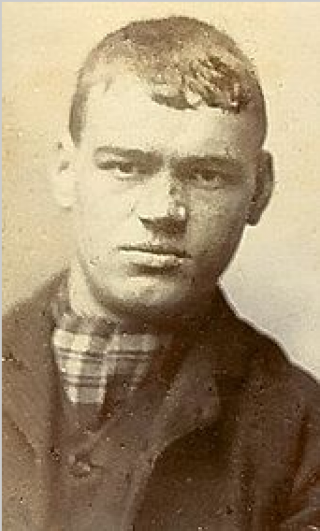
During the late 19th century, groups of young men known as the Scuttlers alleviated the tedium and smog of the industrial Manchester streets with petty crime and inter-gang battles, fighting with heavy buckled belts decorated with pictures of beasts, the names of women or hearts pierced with arrows. These buckles, swung from their arm, were not intended to kill, but to maim their opponents.
With their hair cut short at the sides but with a so-called donkey fringe (longer on the left side and plastered down over the left eye) and their hats tilted, they were a far cry from the other youths in their working class neighbourhoods. Their bell-bottomed trousers, brass-tipped pointed clogs and colourful silk scarves added to their idiosyncrasy.
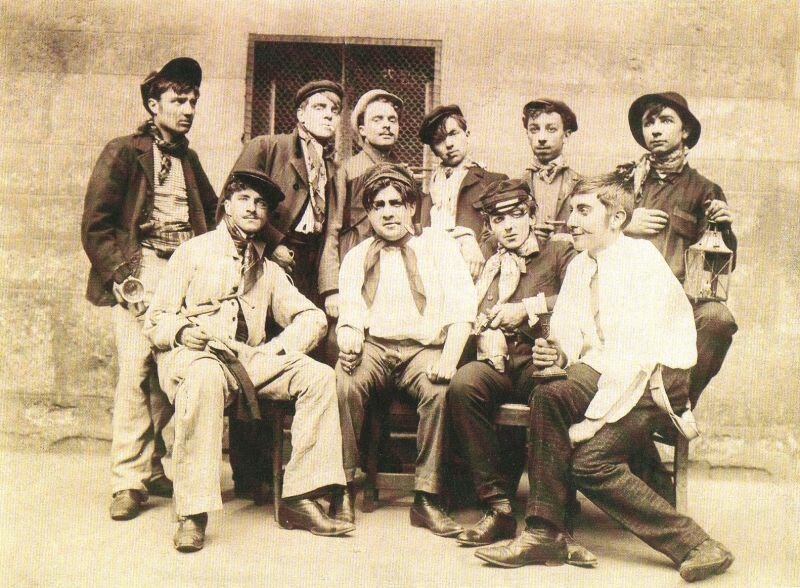
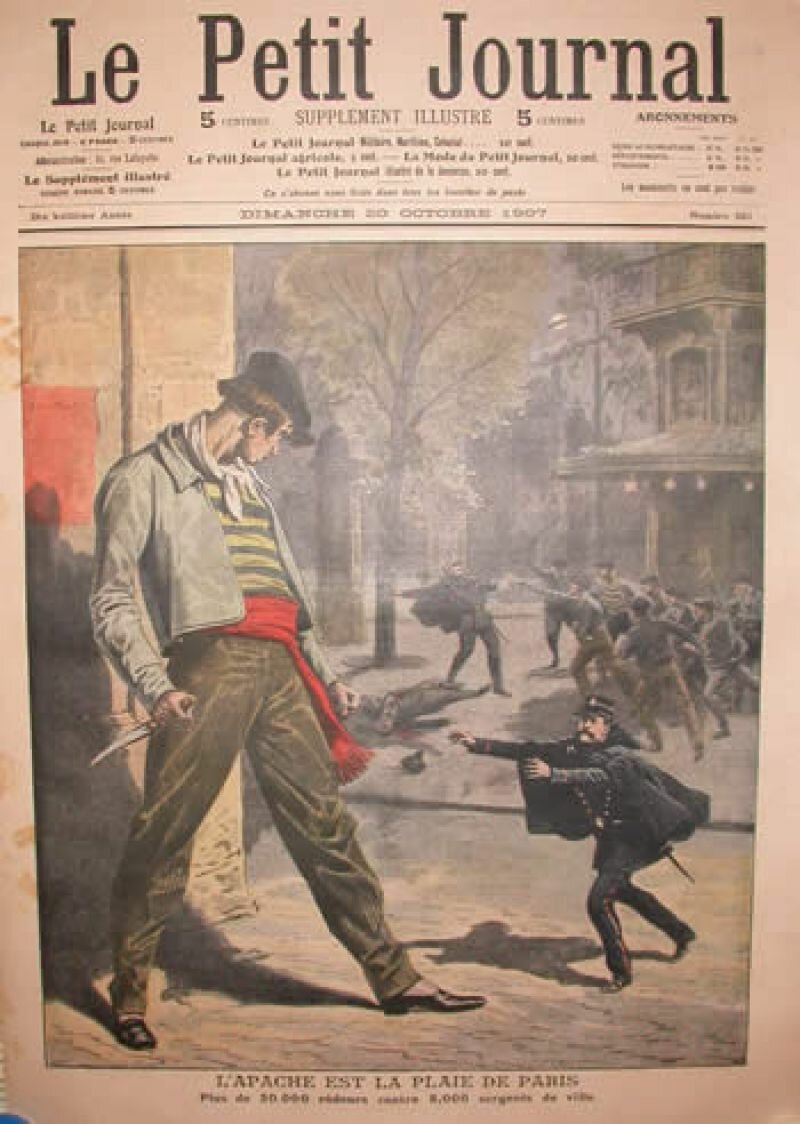
At the start of the 20th century, Parisian youths banded together to form the Apaches, a criminal gang known to be especially violent and ruthless.
They wandered Paris, rejecting their working class status and seduced by cars, girls, nightlife and money, preferring to spend their time at the Moulin Rouge rather than slaving away in a factory.
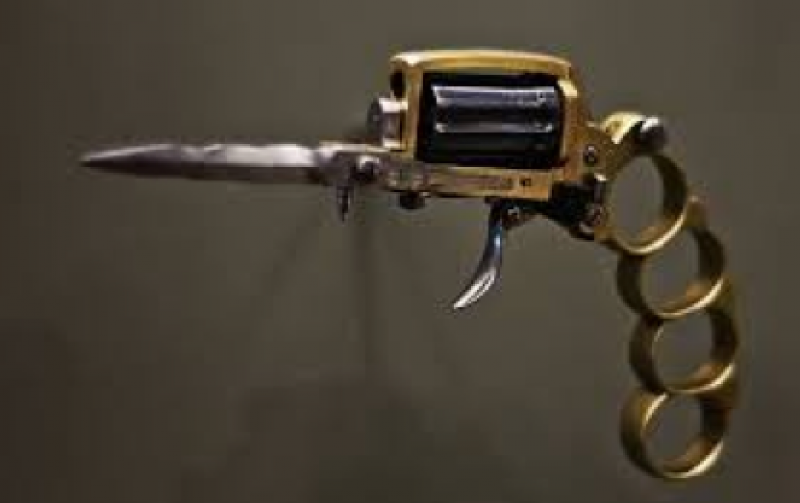
The Apache was likewise a dandy: always well dressed in a silk scarf and cap, and with an undeniable hautain air of cool, who had a sense of honour and a taste for distinction. Part of the Apache subculture was a dance that mimicked street fighting, that at times became so violent that members were seriously hurt and even killed.
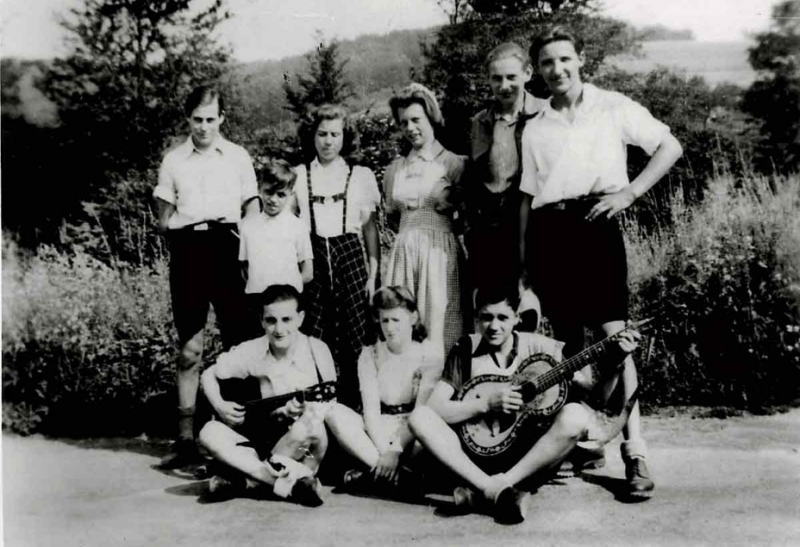
Fast-forwarding to Nazi Germany, gangs of youths formed that were more politically inclined than their predecessors. The Edelweiss Pirates were a group of loosely organised youths spread all over Germany between the ages of 14 and 18 who refused to take part in the Hitler Jugend.
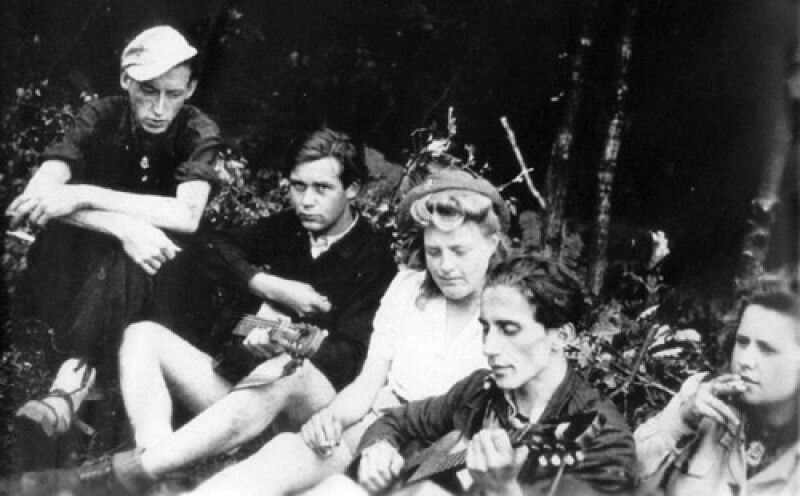
They heavily rejected the norms of the Nazi regime through mostly small gestures: using outlawed symbols, their dress (long hair, colourful chequered shirts, bright flashy neck scarves,) camping trips (now seen as an innocent pastime that during wartime Germany could have serious consequences,) singing anti-Hitler songs; or by pestering the Hitler Youths by ambushing their patrols and beating them up or stealing their bicycles.
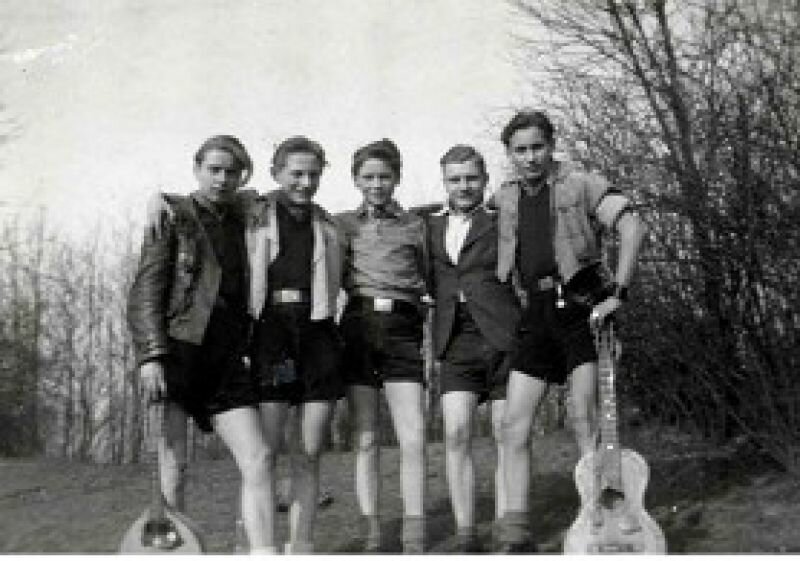
But the Edelweiss Pirates also assisted deserters, concentration camp escapees, and helped spread Allied propaganda leaflets. Of the Ehrenfeld Group, a faction of the Pirates, twelve members were publicly hanged in 1944, including their 16 year old leader Barthel Schink, who had plans to blow up a Gestapo building in Cologne.
Whether getting caught up in bar fights or fighting fascism, these groups had one thing in common: they refused to conform to their elders and explosively resisted.
